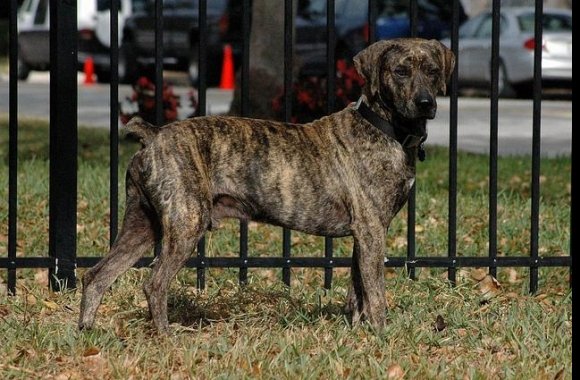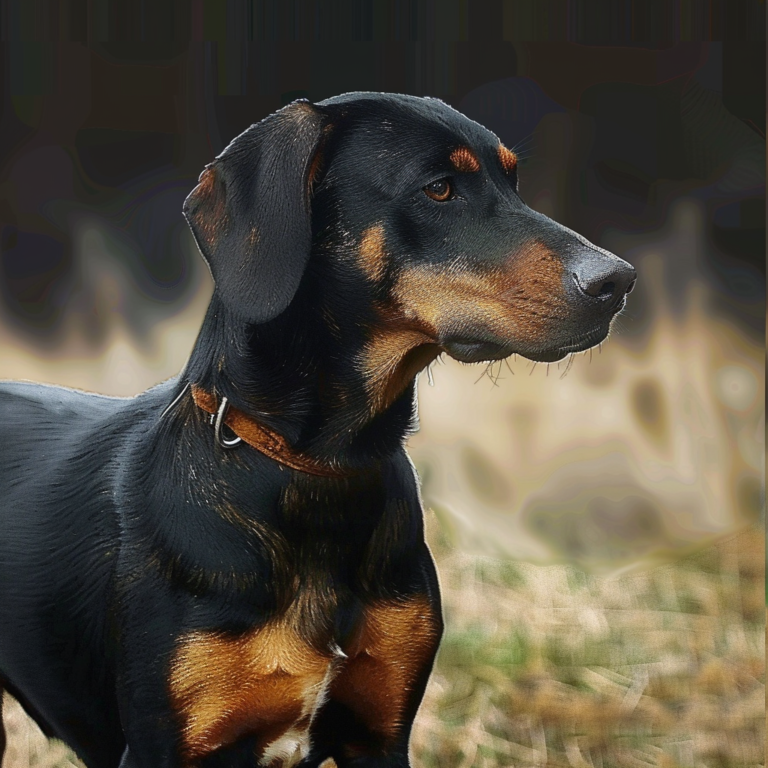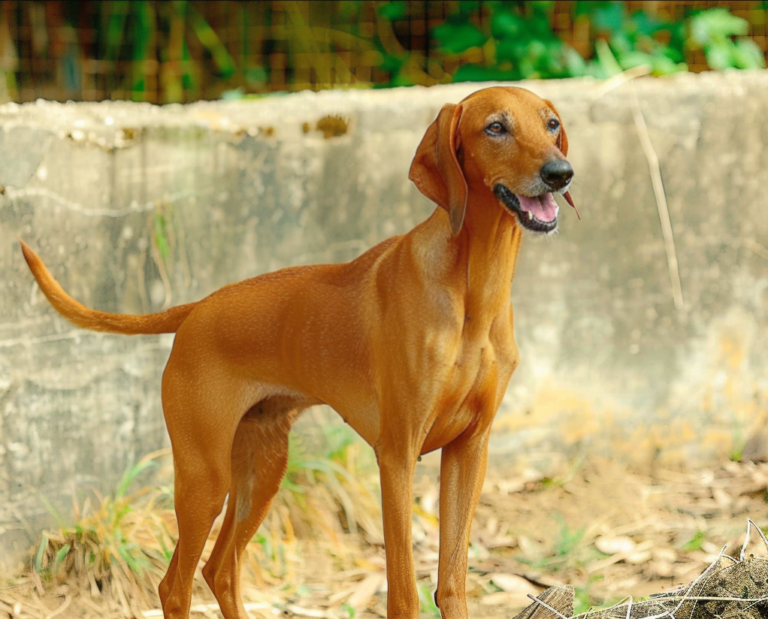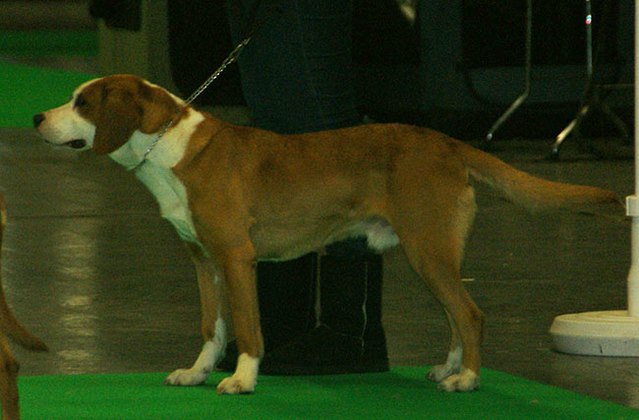The Treeing Cur, like all cur breeds, was developed in the rural parts of America. These dogs were often owned and used by poorer folk who needed a dog that could serve many purposes (only one mouth to feed but capable of doing many jobs). Treeing Curs were used to hunt, in stock dog work, as well as to guard the home. Hunting was the most prized task and he was used both for smaller game (like squirrel and coon) as well as larger game when needed. Early breeders didn’t care what the dog looked like as long as he could do his job, and so there is a wide variation in the appearance of this breed – even more so than other cur breeds.
Speaking of variation, Treeing Curs can be any color or combination of colors, which can appear in any pattern according to the UKC. Size-wise, they can be rather small or range up to medium-sized dogs. Their tails are either long, very short, or somewhere in between. Coats are always short and smooth, and shed moderately. Grooming is an easy task as they don’t require anything more than the basics.
Treeing Curs are known to be intelligent and game for anything. This, combined with their athletic nature makes them great dogs to get into dog sports! They enjoy pleasing their owners and learning new things. This said, be aware that they can be “tough” dogs and definitely require firm rules. Those that live with zero boundaries can become overly protective or even aggressive, so they should only be owned by those who know what they are doing. These fearless and strong-willed dogs live to work, but can take over and become uncontrollable without proper knowledge. This is an independent breed who loves to work but may push to work on his own terms – don’t let him. In summary, this is a breed that must have a job and when done right, they are a joy to work with but are not for the faint-of-heart.
Treeing Curs tend to get along well with children as well as other dogs, and can make good family pets in the right setting (and in experienced homes). Keep in mind that they do bark (especially when excited or in hunting-mode) and are active, alert dogs who need plenty of tasks to do throughout their day. This is a dog who prefers to be given opportunities to hunt, and will do so enthusiastically at every opportunity! Furthermore, they need daily exercise and lots of it! Enough that will keep them moving at a brisk pace for at least an hour, if not more. This is not a dog who can live a sedentary life in a suburb with minimal attention! 
Because they have been used as guard dogs, Treeing Curs make excellent protective animals for the home! This said, they must have been socialized from a young age and be given regular training and exercise so that they don’t become overly protective. This is also one of several reasons why they don’t fit in well to apartment life – lots of people walking around the property constantly can tend to rile them up. Treeing Curs are affectionate with family but suspicious of strangers – especially strangers who roam close to the home. This may also hold true for strange dogs as well. A Cur watching out the window of an apartment may become increasingly frustrated by passers-by, which would need to be addressed in the right way by an experienced owner. Easier (and less stressful for the dog) if he lived in a house with property instead.
Treeing Curs tend to be very healthy and rarely get sick. Their lifespan is normally 11-12 years. There is deafness in some lines but testing is available and should be taken advantage of both by breeders as well as future owners. Their small/medium size and general good health means that this is a relatively inexpensive breed to own and care for, however remember that any dog can suffer a random accident and it is important to have an emergency fund available for all pets, just in case.
All in all, the Treeing Cur is a playful and exuberant dog with a highly territorial nature and a strong hunting instinct. They are recommended only for people experienced both with hunting breeds as well as guarding breeds, and who have a household that can provide for the particular needs of this dog. This is not the typical “dog park buddy” or “casual socializing companion” in most instances. But he can be a great hunting companion or dog sport competitor when placed with a knowledgeable, active owner.



